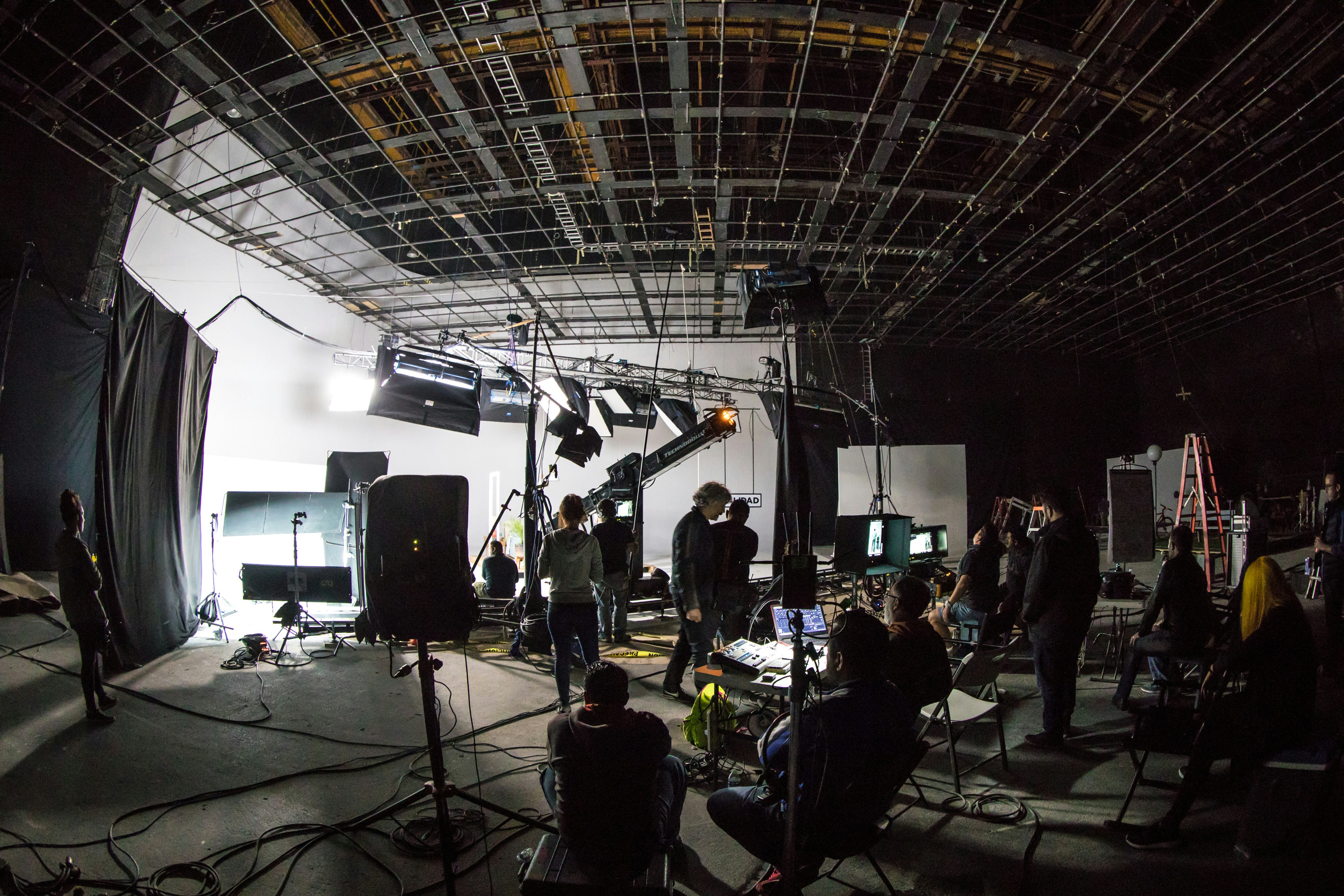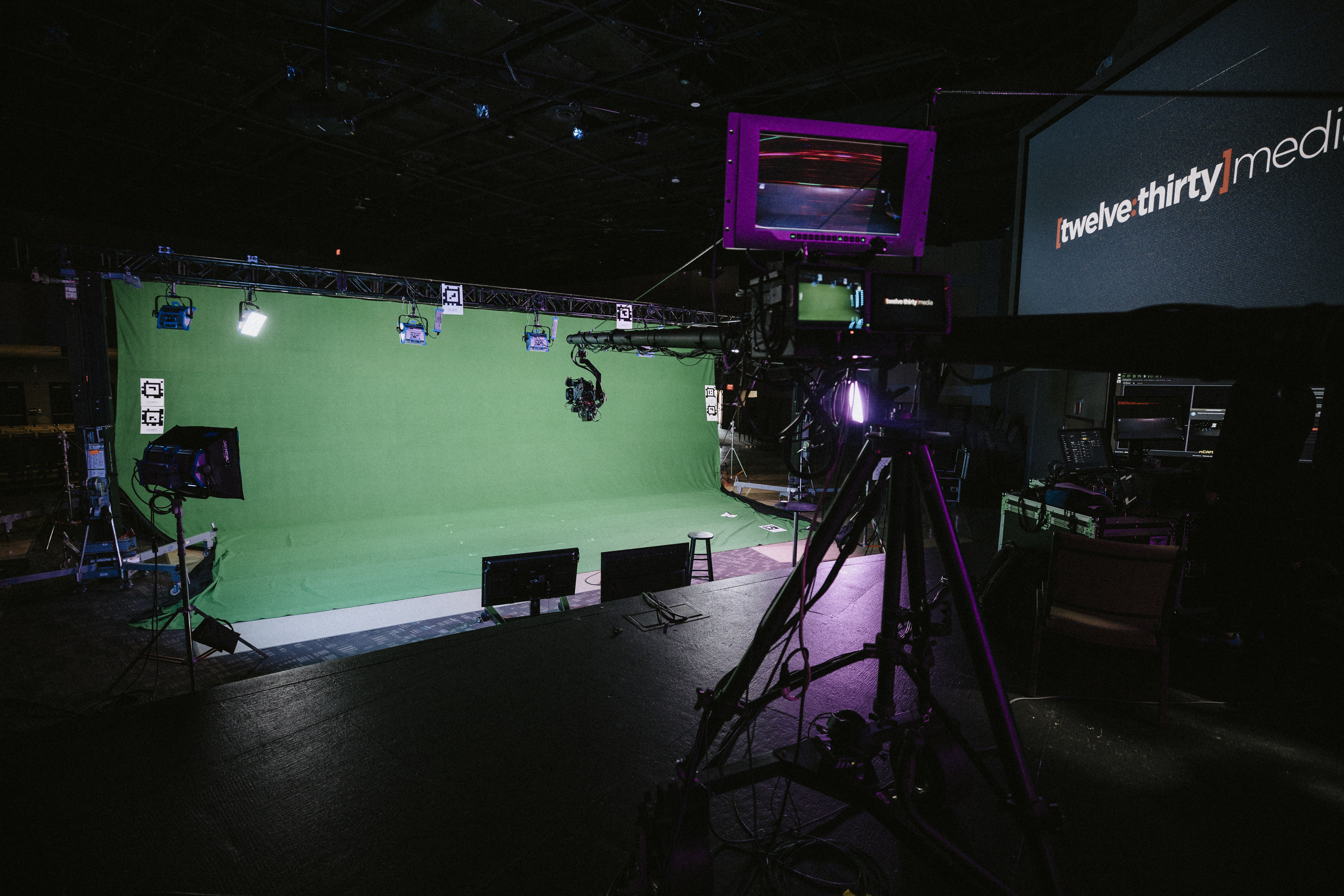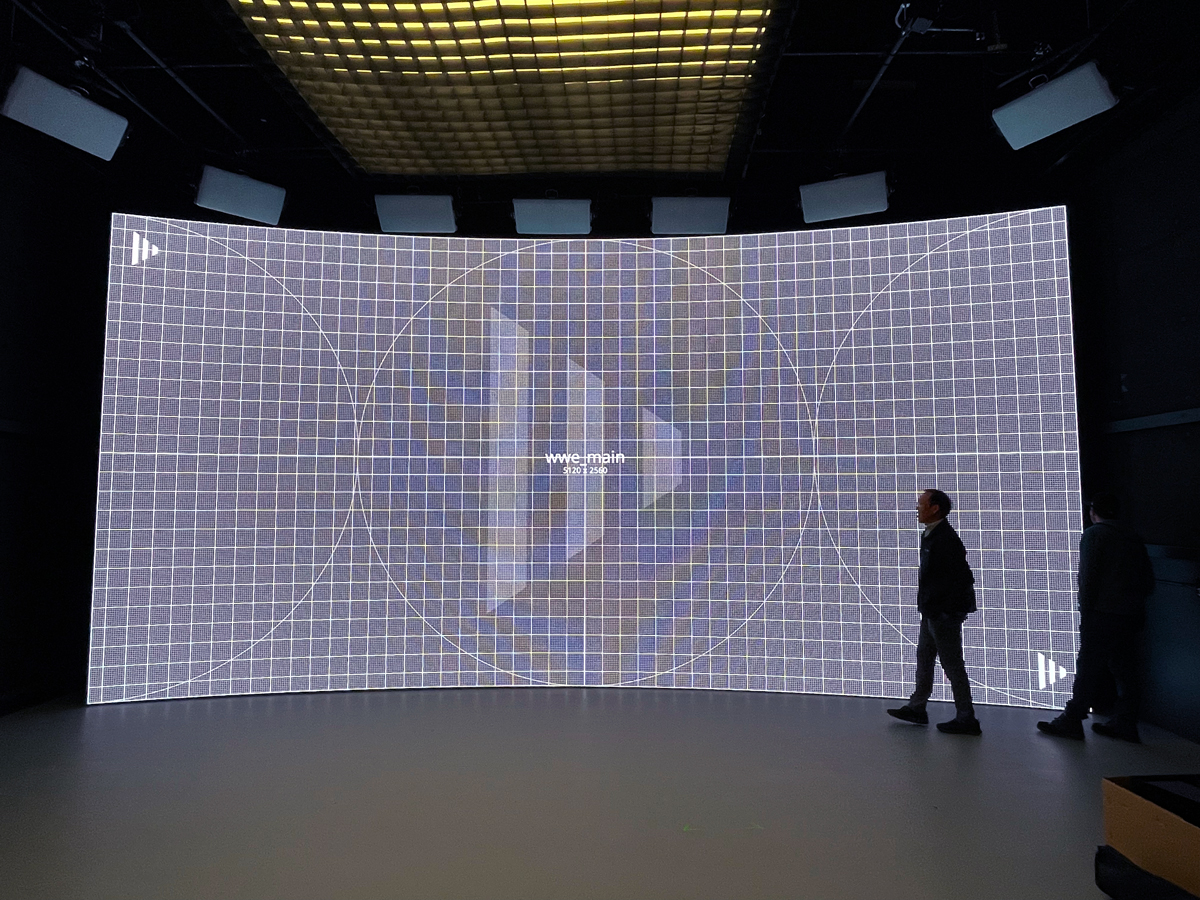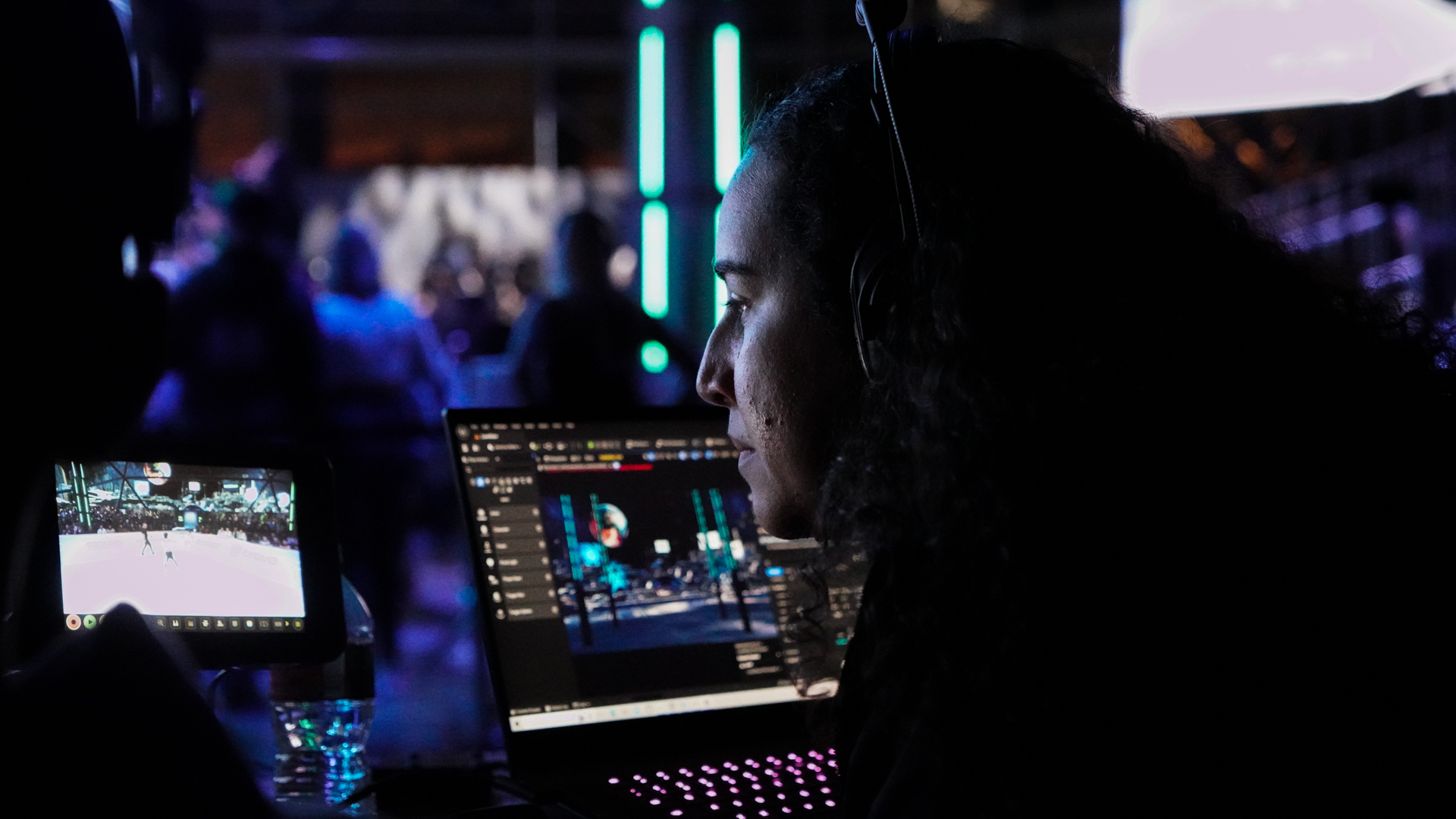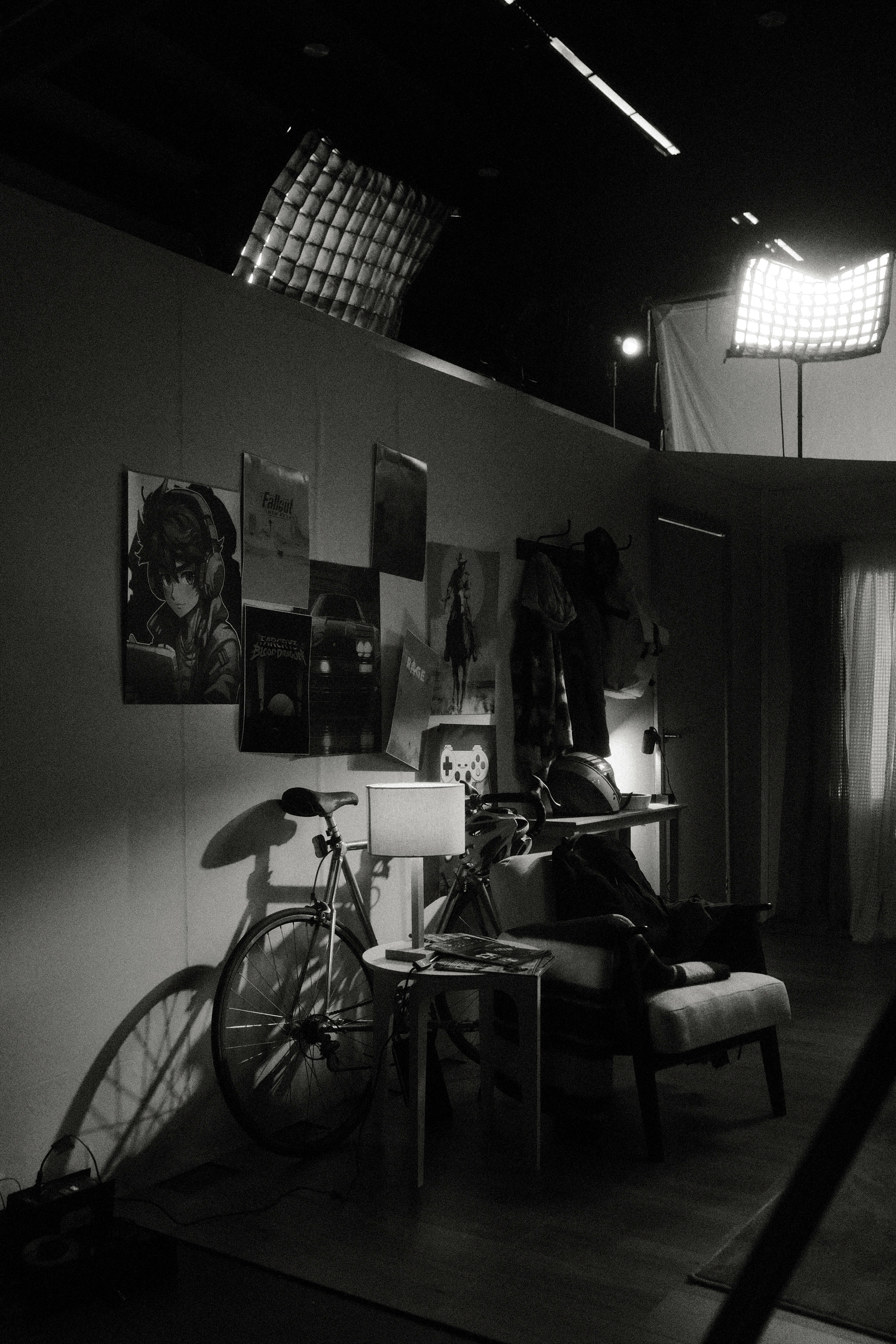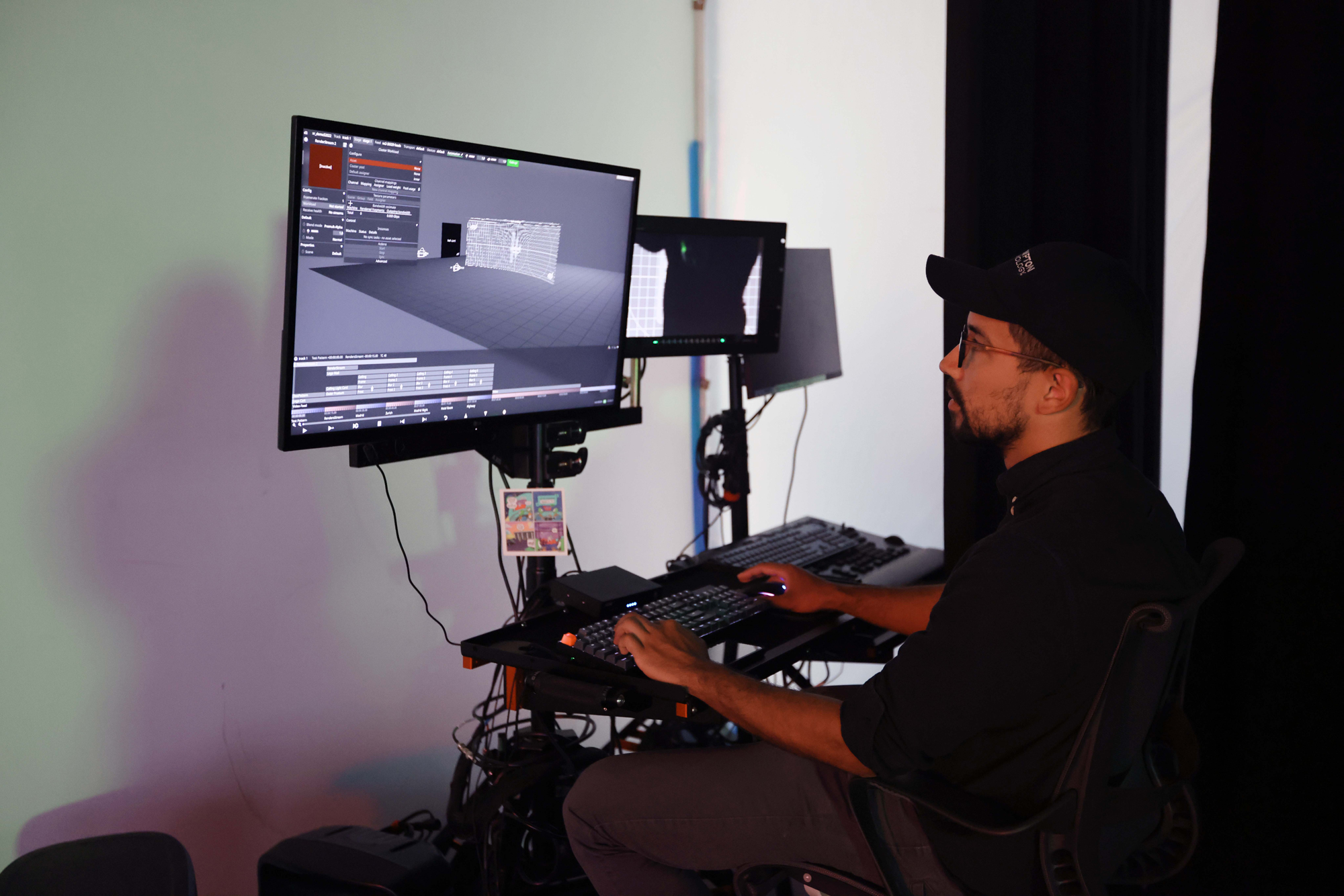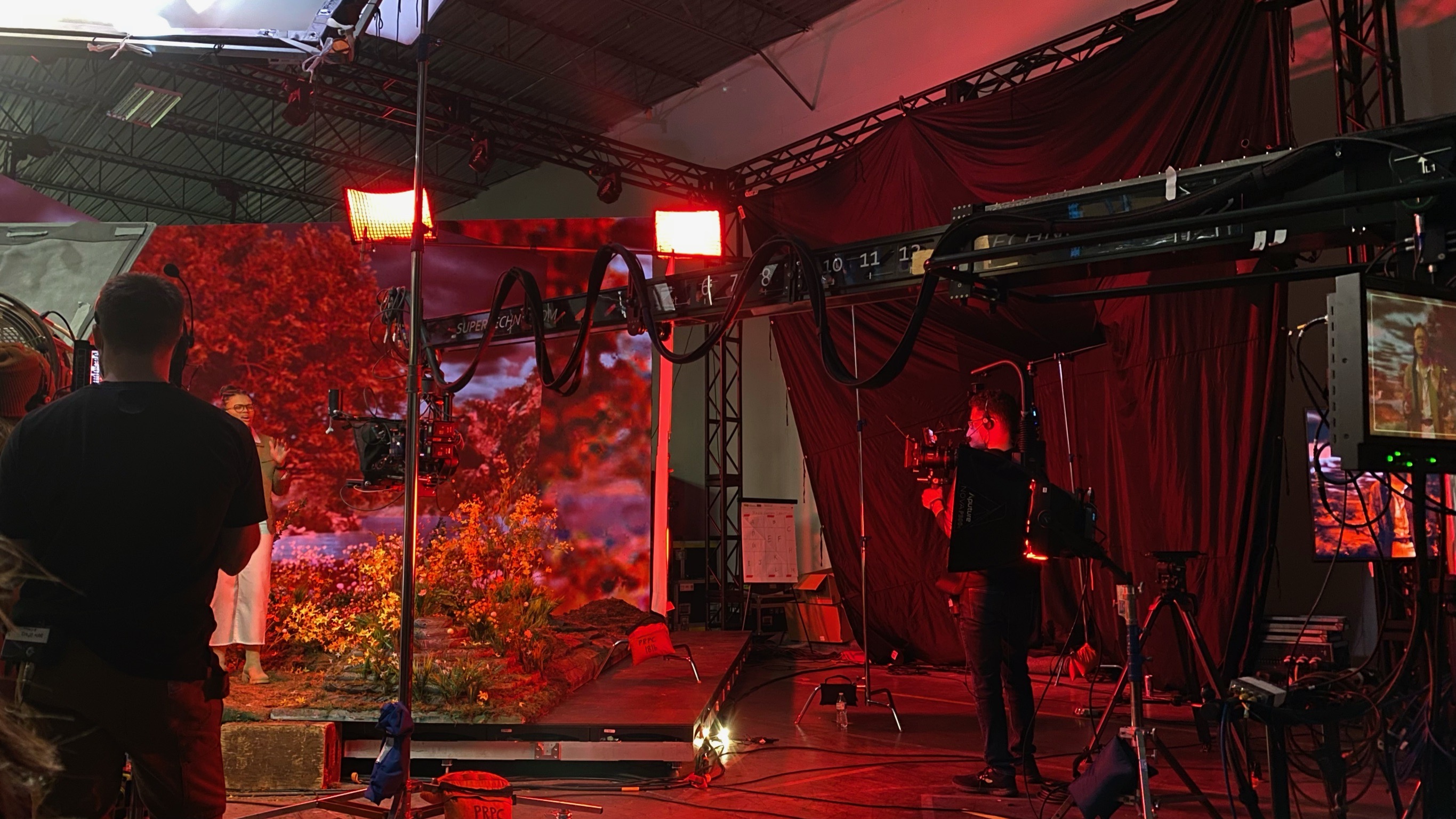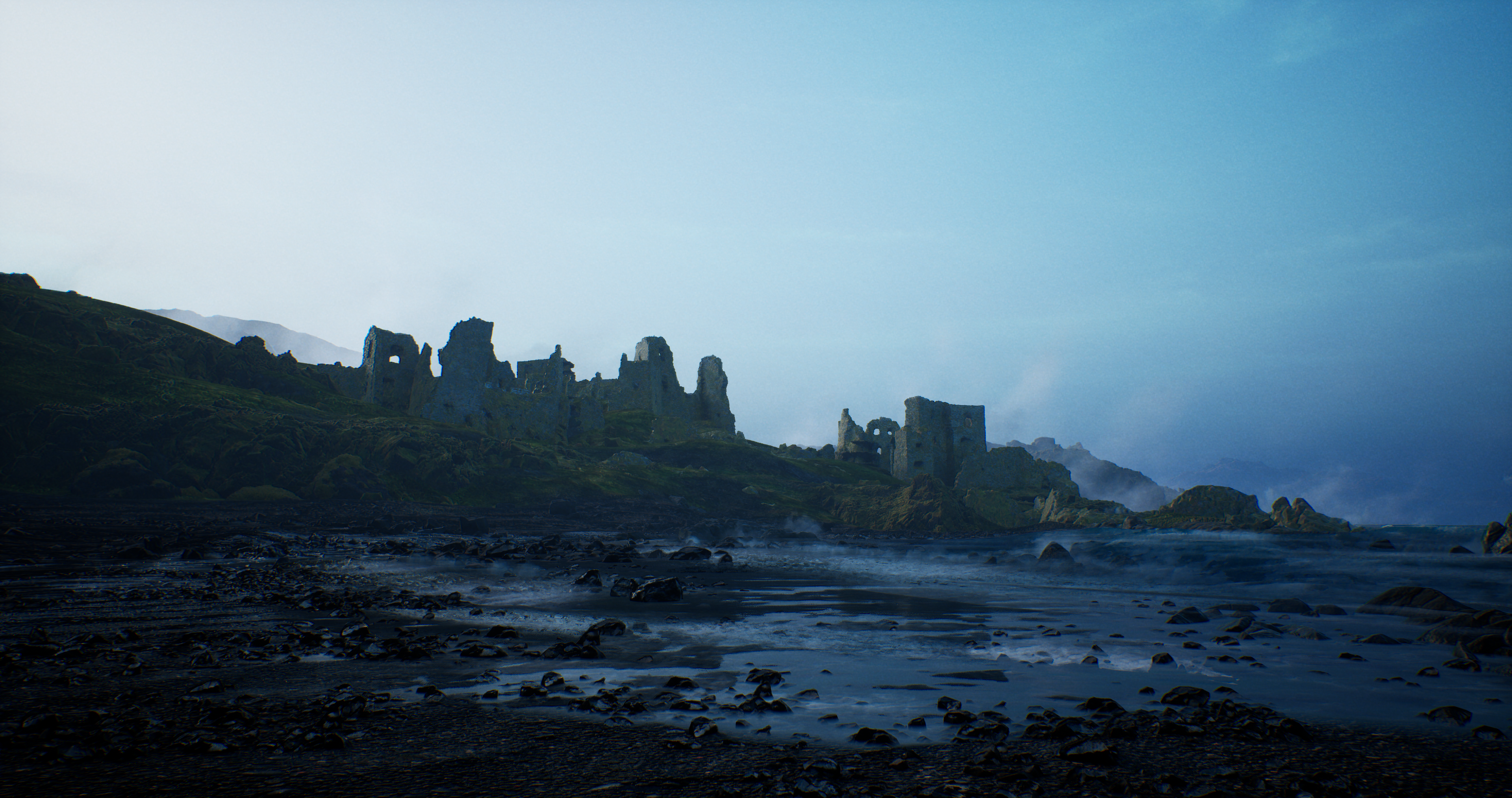Creative flexibility
All three – traditional sound stages, green screens, and LED stages – give a wide range of creative potential, but there are some differences.
Sound stages provide a moderate level of flexibility with practical sets and props that can be customized extensively, although changes can be time-consuming and require physical alterations.
Traditional green screens, while offering a blank canvas for post-production creative, limit real-time creative adjustments and require actors to imagine their surroundings, which can restrict spontaneity. Real-time green screen technology improves flexibility by enabling live compositing of digital backgrounds, offering immediate visual feedback and quicker adjustments, yet it still faces some technical constraints as well as restrictions on the talent’s interaction with the environment on set.
LED volumes offer real-time adjustments and dynamic environments that allow directors and artists to tweak scenes instantly, ensuring the creative vision is met right on set. This immersive experience boosts actor performance and creative experimentation without the need for extensive post-production work. The ability to “recall” and load any environment in minutes allows for reshoots with ease.
Technical
When it comes to the technical knowledge required, LED volumes demand the highest expertise. Setting up and operating LED volumes involves sophisticated technology, including LED panel calibration, real-time rendering, and complex control systems. This requires a highly skilled team with deep knowledge of virtual production and advanced technical setups.
Sound stages fall in the middle range, needing solid technical know-how for set construction, lighting, and sound design. While not as technology-intensive as LED volumes, they still require experienced professionals to manage the physical and technical aspects efficiently.
Traditional green screens are more straightforward, requiring less technical expertise during setup and filming. However, they shift the technical burden to post-production, where advanced skills in compositing and visual effects are essential. Real-time green screen productions bridge the gap, needing moderate technical knowledge for live compositing and real-time keying but still less complex than managing LED volumes.
